The New Product Development Process: Stages and Expert Tips
Aug 21, 2023
In the dynamic world of business, maintaining a competitive edge necessitates continuous innovation and the launch of new products tailored to changing consumer demands. The pivotal role of the new product development process lies in crafting successful products that deeply connect with the target market. This blog delves into the stages of this process, from ideation to product launch, emphasizing the significance of meticulous planning, market research, and validation. Additionally, we have expert tips for you to facilitate a smooth journey from concept to market.
Product Ideation: The Birth of Innovation
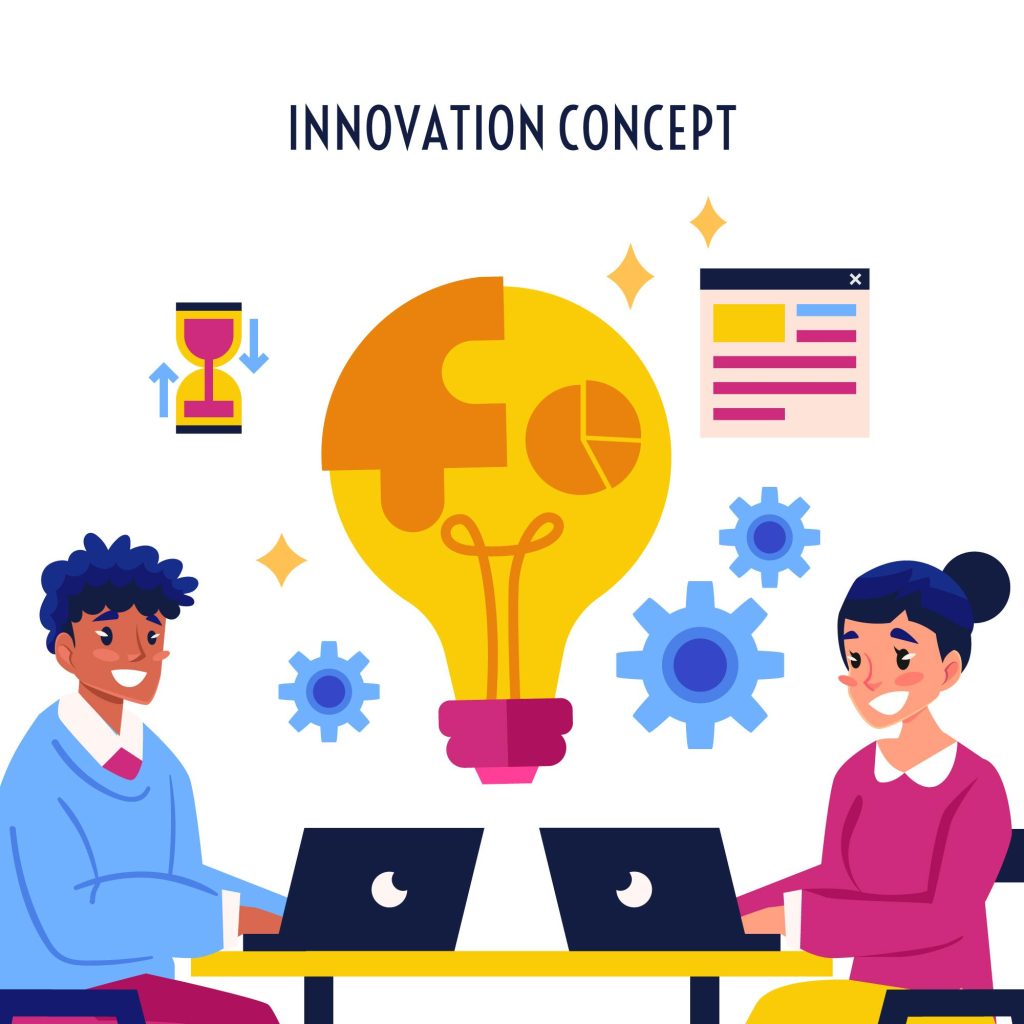
The journey of new product development begins with product ideation. This stage is all about generating creative and innovative ideas that have the potential to address market gaps and satisfy consumer needs. Transitioning from an existing product to a new one or creating something entirely novel requires thinking outside the box. To kickstart the ideation process, brainstorming sessions, idea incubation, and open communication within cross-functional teams are some effective ways.
Expert Tip: Encourage team members to share diverse perspectives and embrace even seemingly wild ideas, as they may spark revolutionary innovations.
Market Research for New Products: Understanding the Landscape
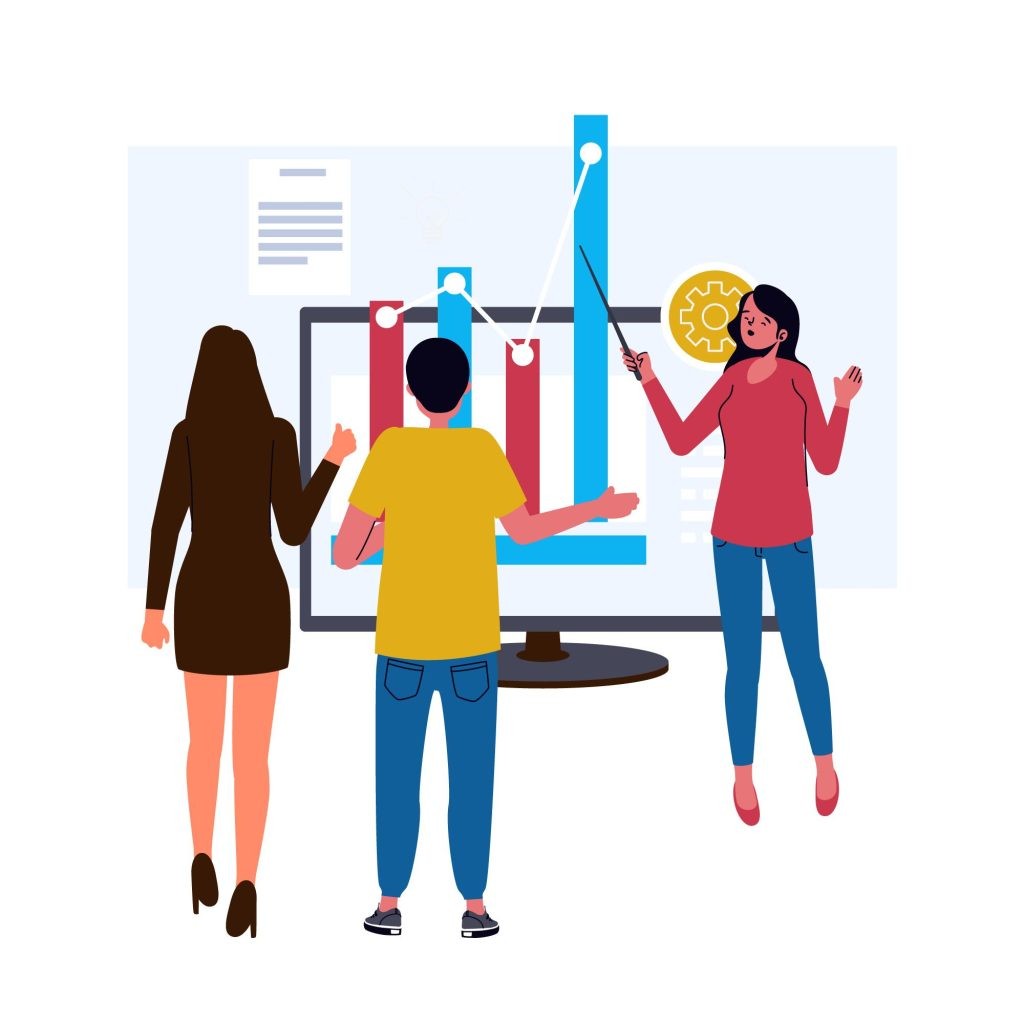
Market research is the backbone of successful new product development. Analyzing the market landscape, identifying emerging trends, and understanding customer preferences and pain points are vital for creating products that will gain traction. Furthermore, this stage helps in narrowing down potential ideas and identifying the most promising ones to pursue further.
Expert Tip: Leverage both qualitative and quantitative data to gain a comprehensive understanding of the market, customer behaviour, and competitor offerings.
Idea Screening and Selection: Focusing on Feasibility
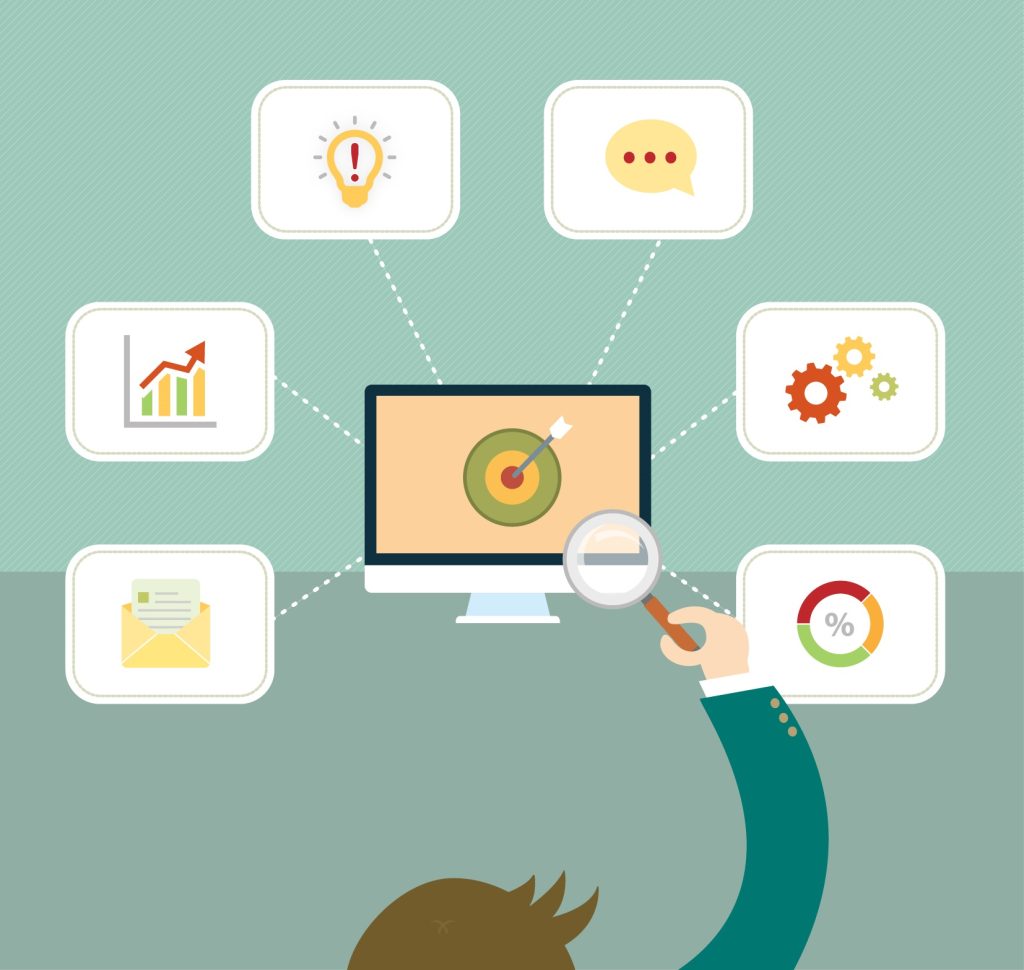
With a pool of ideas at hand, the next step is to screen and select the most viable ones. This stage involves evaluating each idea’s feasibility, considering factors such as technical viability, resource requirements, market potential, and alignment with the company’s strategic goals. Remember, the goal is to focus resources on ideas that have the highest likelihood of success.
Expert Tip: Create a scoring system to objectively assess each idea based on predetermined criteria to ensure an unbiased selection process.
Concept Development and Testing: Shaping the Vision

Once the most promising idea is chosen, it’s time to develop the concept further. This involves creating a detailed description of the product, its features, benefits, and value proposition. Concept testing comes into play to gauge the target audience’s response to the idea and gather valuable feedback. Additionally, Iterative testing and refinement ensure the concept aligns with customer expectations.
Expert Tip: Engage in focus groups, surveys, and beta testing to collect feedback from potential customers, aiding in fine-tuning the concept.
Prototype Development: Transforming Ideas into Reality
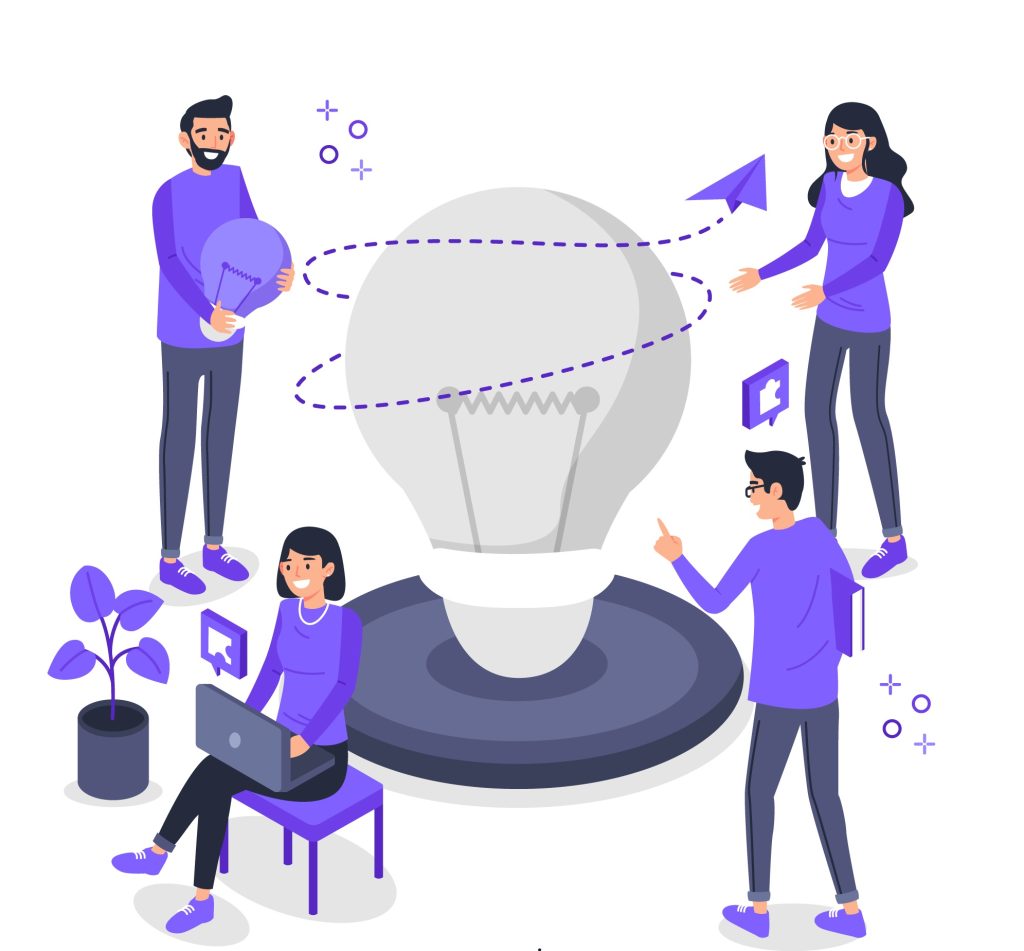
Turning the concept into a tangible prototype is a pivotal step in the new product development process. A prototype allows the team to visualize the product’s functionality, design, and user experience. It helps in identifying potential flaws and making necessary improvements before moving on to mass production.
Expert Tip: Embrace agile product development methodologies to quickly build and test multiple prototypes, accelerating the refinement process.
Product Design and Engineering: Nurturing Creativity and Precision

Product design and engineering focus on the aesthetic appeal, usability, and technical specifications of the product. It’s essential to strike a balance between creativity and practicality while adhering to manufacturing constraints. Collaborating closely with engineers and designers ensures a seamless transition from concept to a well-engineered product.
Expert Tip: Foster open communication and collaboration between design and engineering teams to avoid misinterpretations and foster innovative solutions.
Manufacturing and Production Planning: Laying the Foundation
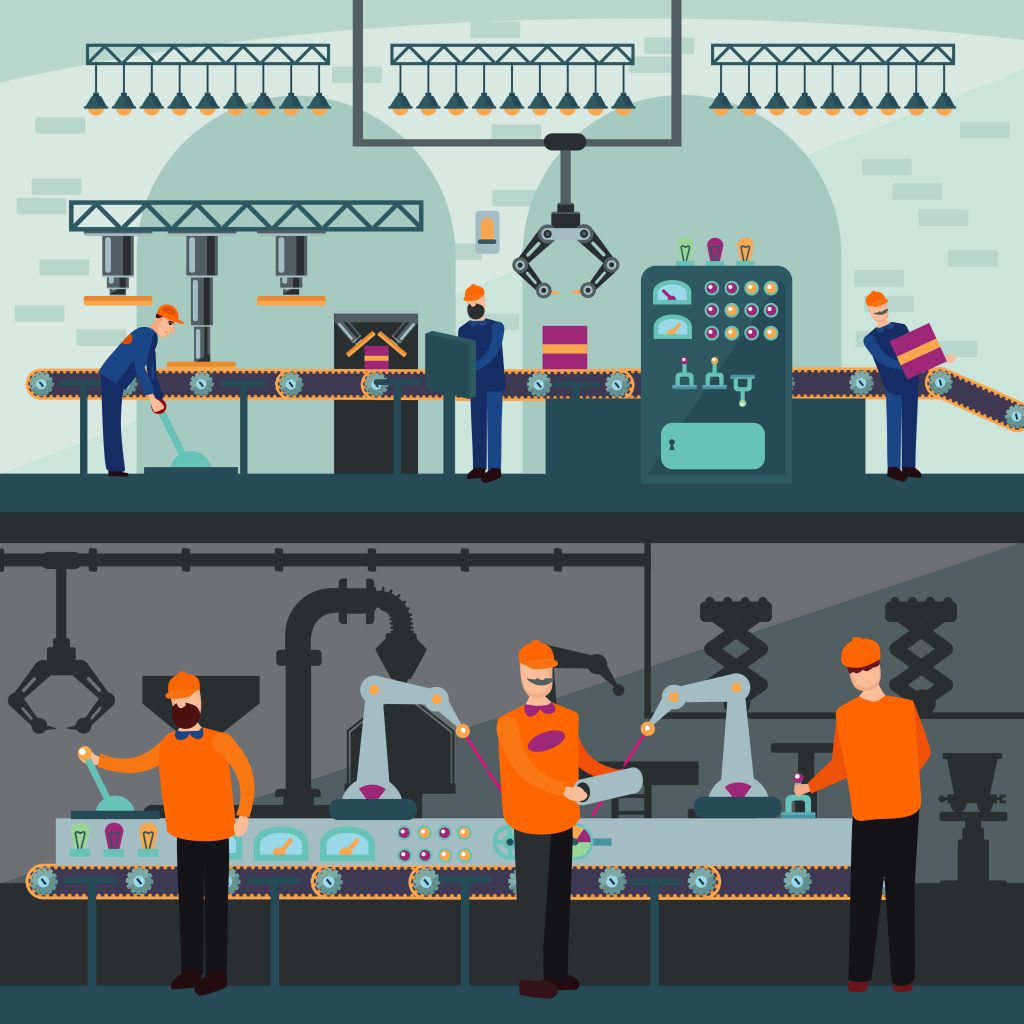
As the product design nears completion, attention shifts to manufacturing and production planning. Selecting the right manufacturing processes, sourcing materials, and establishing production schedules are crucial elements of this stage. A well-organized production plan reduces the time to market and ensures smooth execution.
Expert Tip: Develop strong partnerships with reliable suppliers and manufacturers to streamline the production process and maintain product quality.
Marketing and Sales Strategies: Preparing for Launch
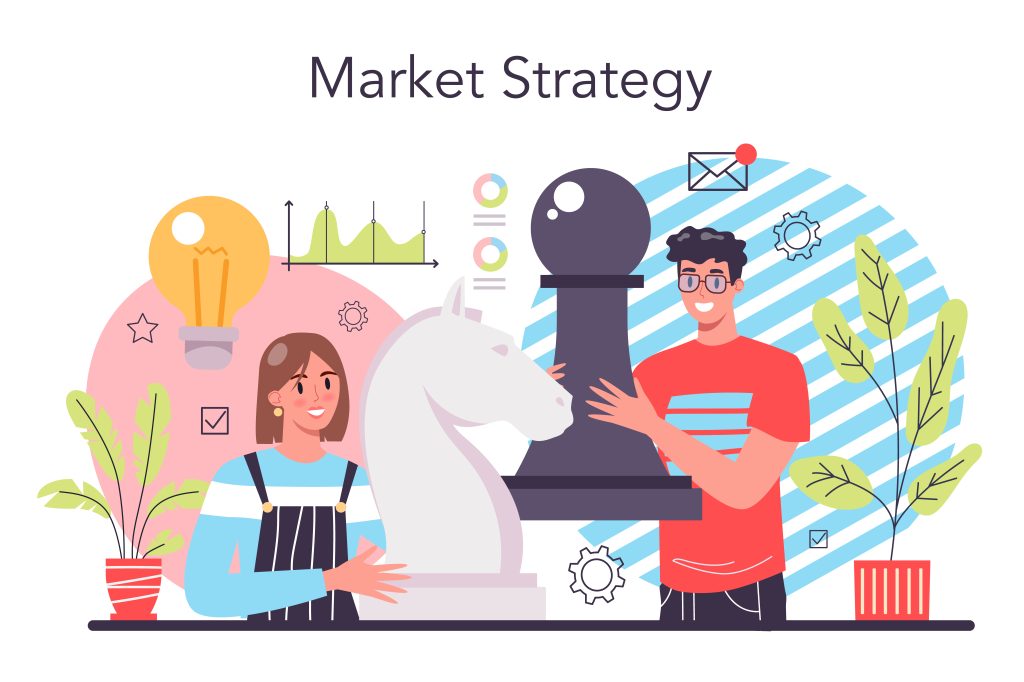
A successful product launch relies heavily on effective marketing and sales strategies. Creating a comprehensive marketing plan that includes digital marketing, social media campaigns, and traditional advertising helps build anticipation and generate buzz around the new product. Additionally, the sales team should be well-equipped to demonstrate the product’s value and address customer queries.
Expert Tip: Embrace storytelling in marketing to create an emotional connection with consumers and build brand loyalty.
Product Launch and Introduction: Making an Impact

The culmination of all the hard work and efforts is the product launch. This stage demands meticulous planning to ensure a flawless introduction to the market. Additionally, timing, product availability, and customer support are essential aspects of a successful product launch.
Expert Tip: Consider soft launches or limited releases to test the waters and gather early feedback before a full-scale launch.
Product Lifecycle Management: Nurturing Longevity
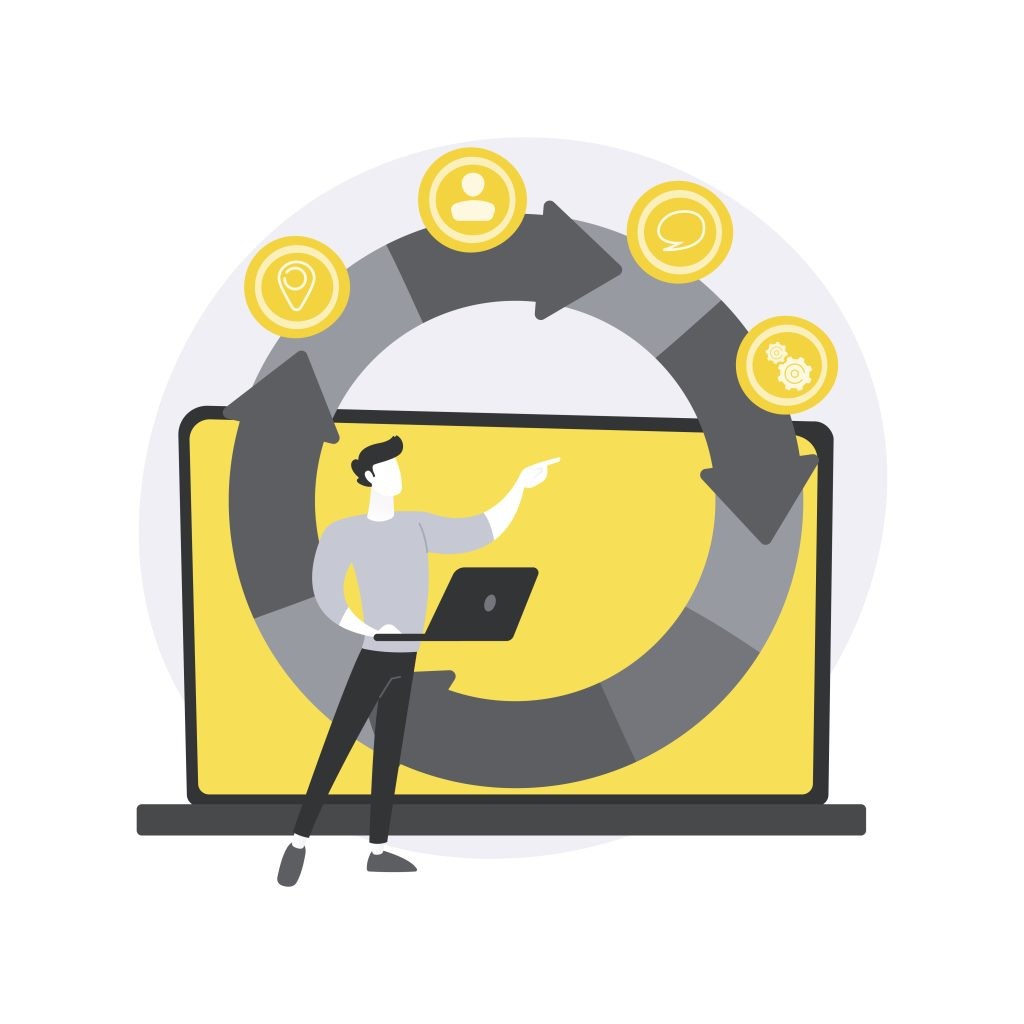
The new product development process doesn’t end with the launch; it continues with product lifecycle management. Monitoring product performance, gathering post-launch feedback, and introducing updates or improvements are essential for maintaining the product’s relevance and competitiveness in the market.
Expert Tip: Establish a dedicated team to monitor the product’s performance and gather customer feedback to drive continuous improvement and iteration.
Conclusion
The new product development process is a dynamic journey that requires meticulous planning, strategic thinking, and continuous innovation. From ideation to product launch and beyond, each stage demands a unique approach and dedicated effort. By embracing cross-functional collaboration, conducting comprehensive market research, and incorporating expert tips, businesses can increase their chances of creating successful and impactful products that meet consumer needs and outshine the competition in a rapidly evolving market. Moreover, these strategic approaches enable companies to have the upper hand and capitalize on emerging opportunities.
